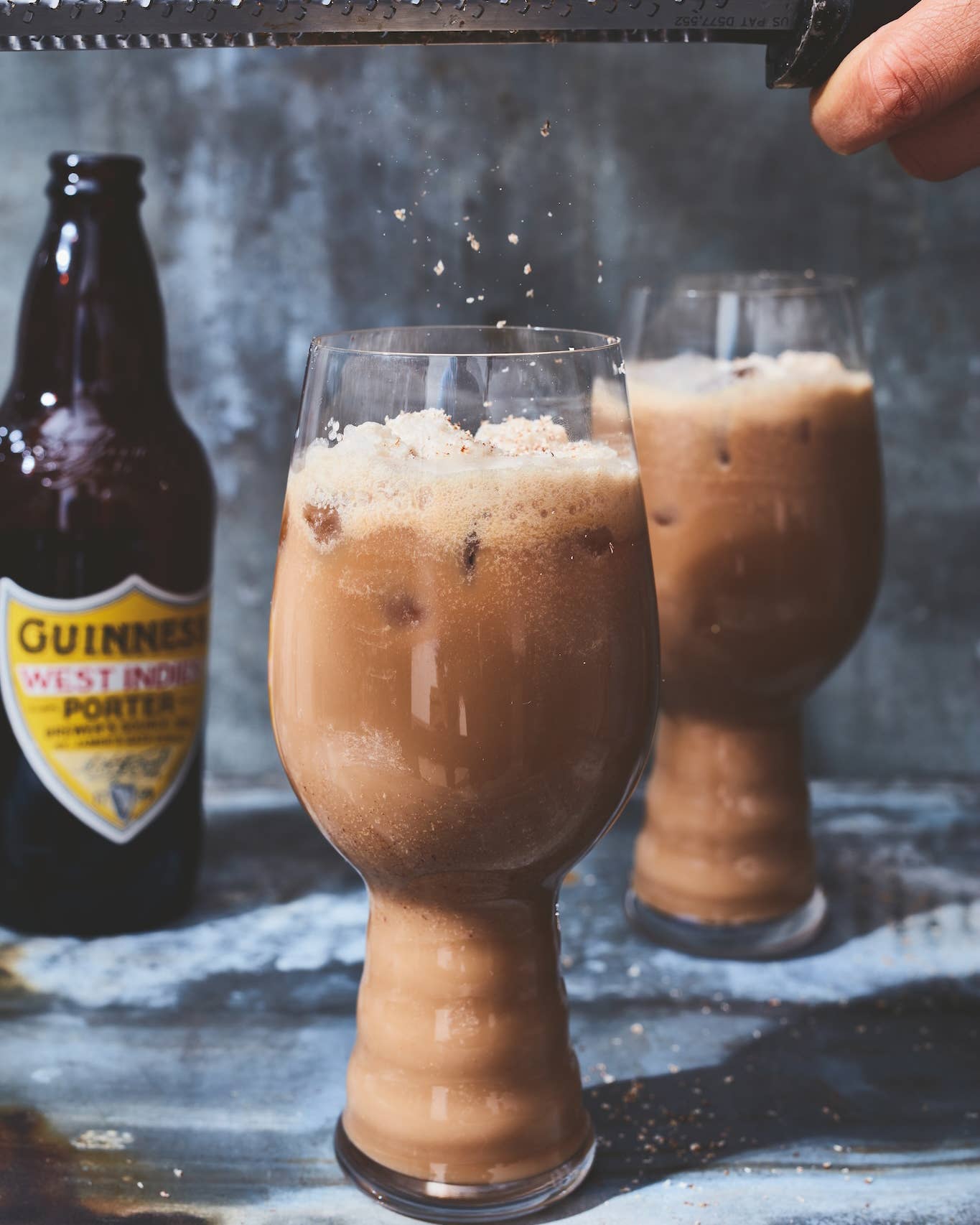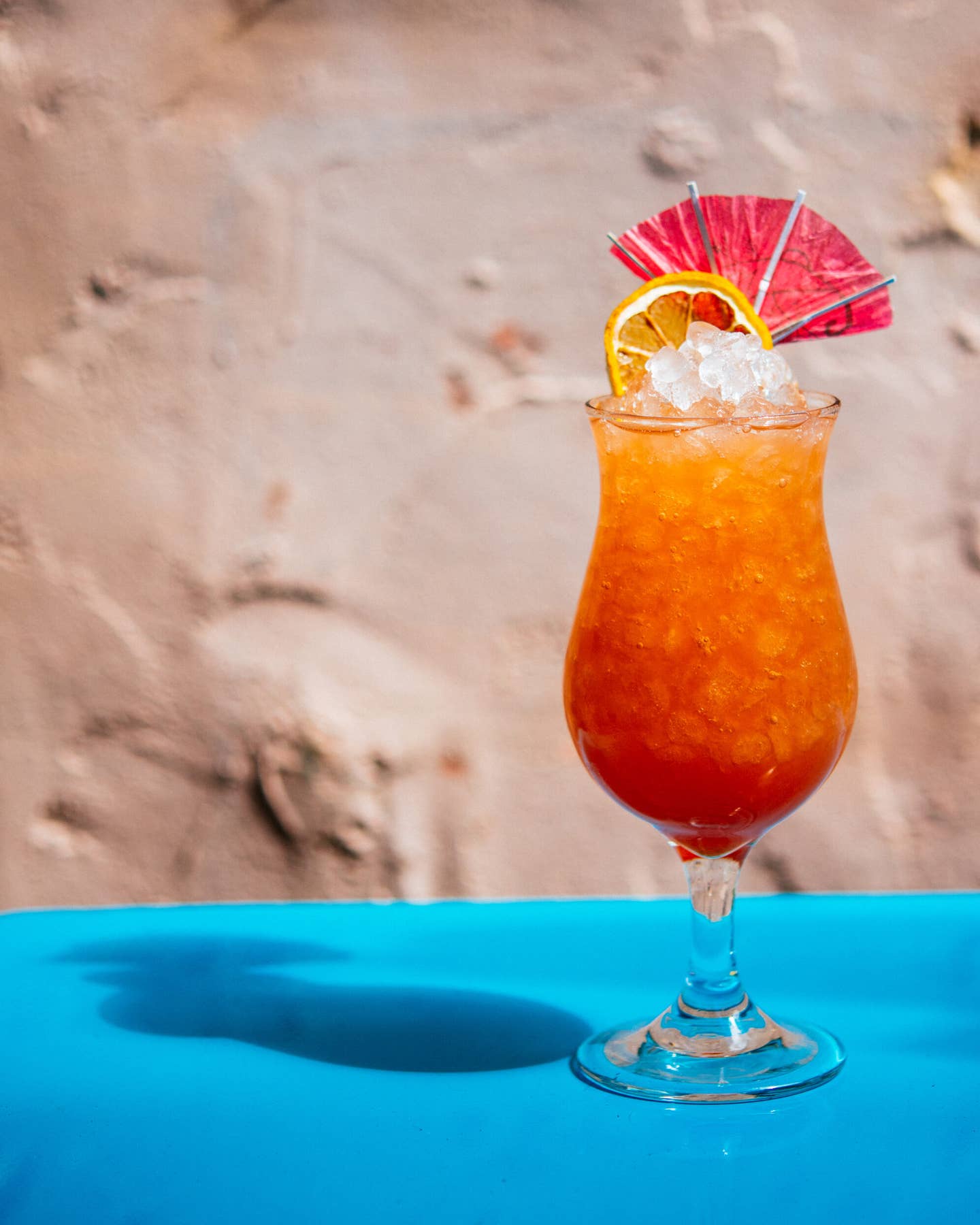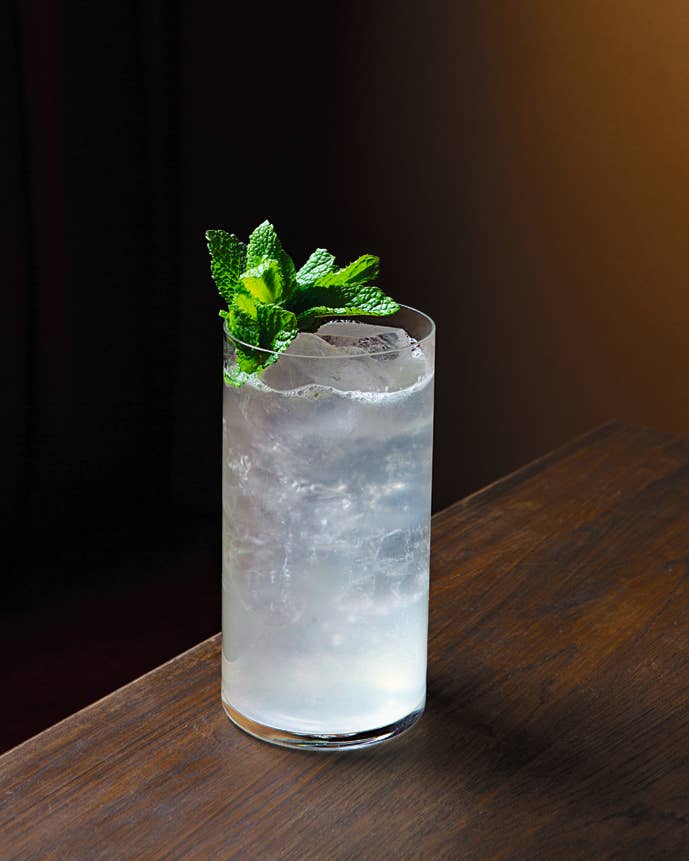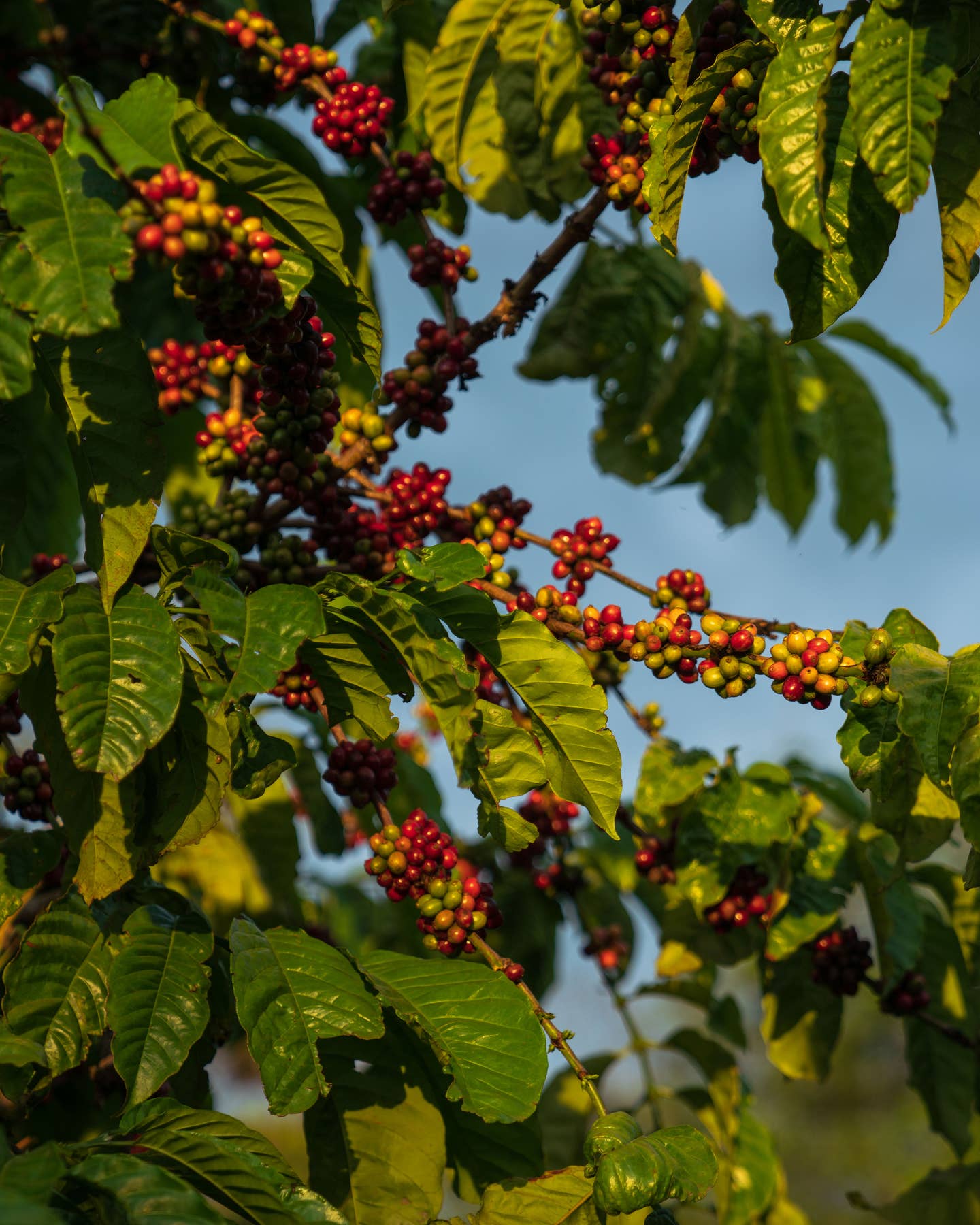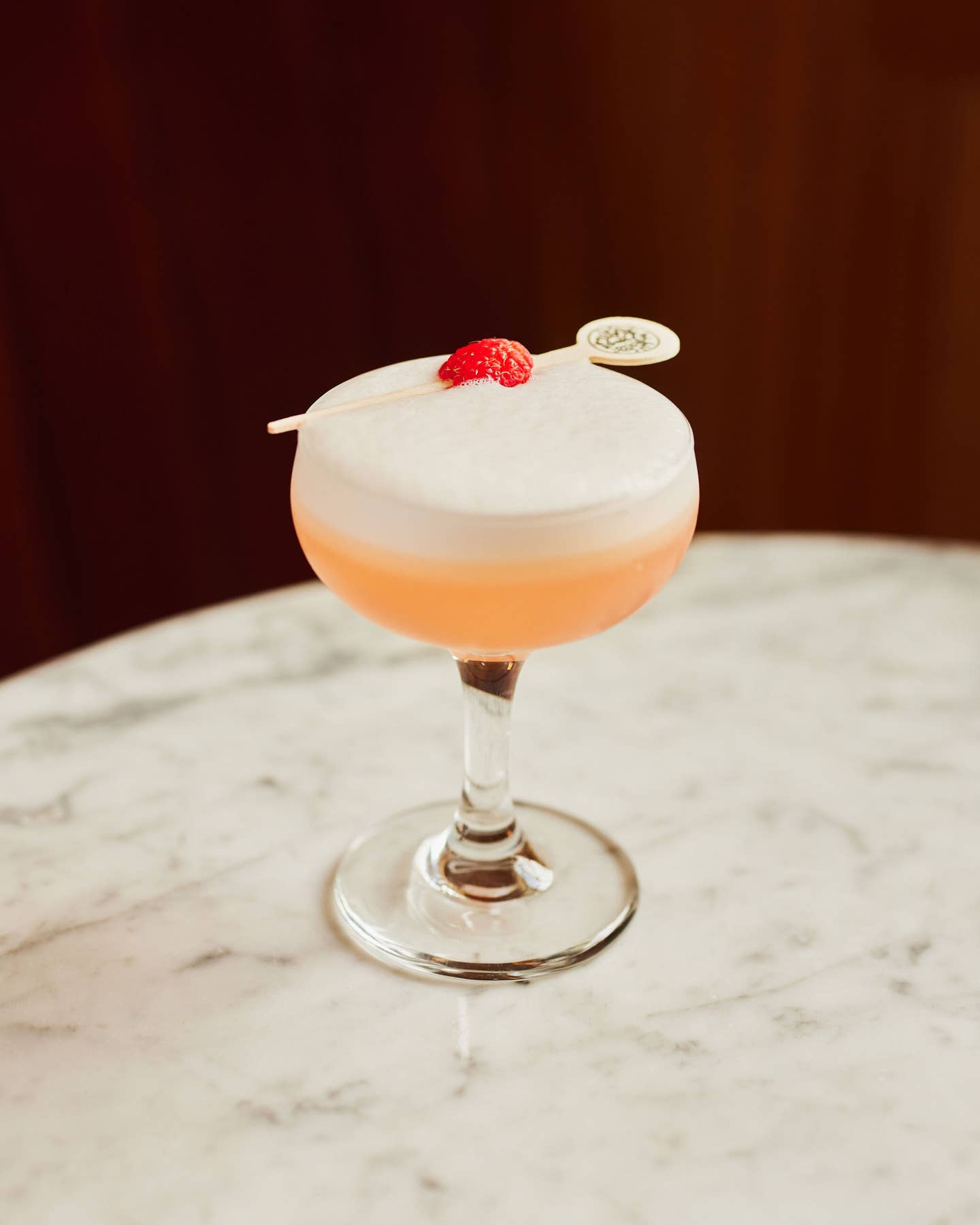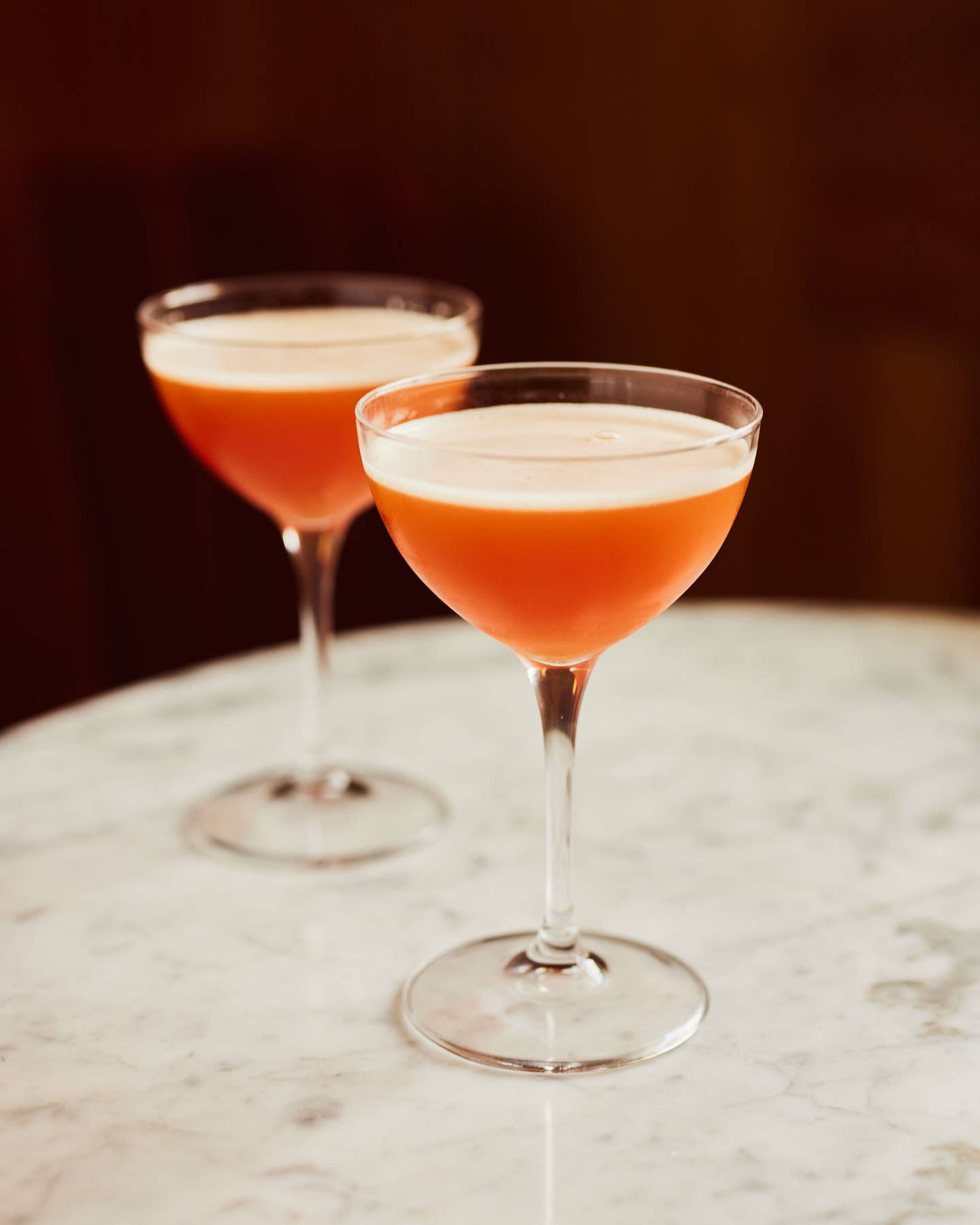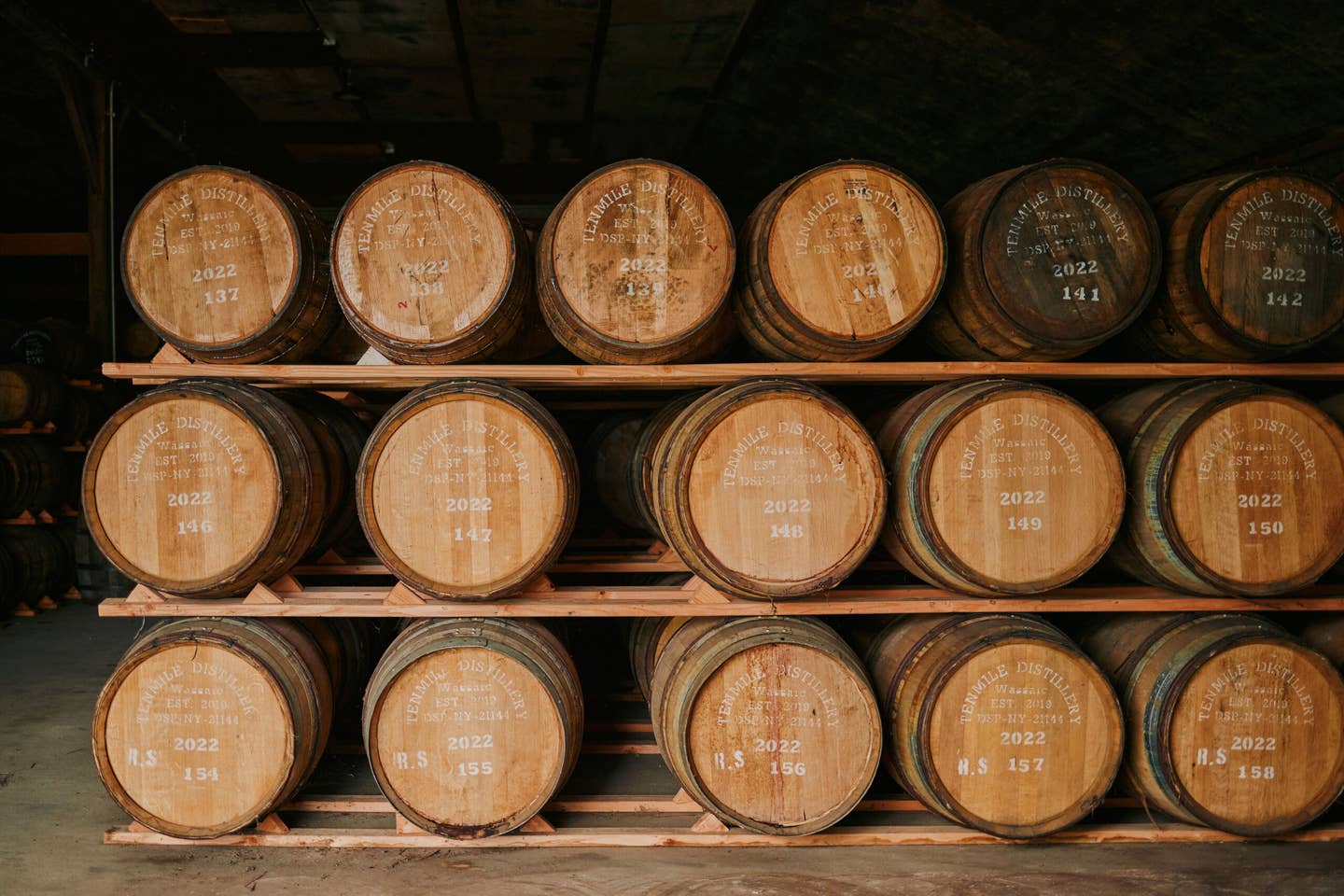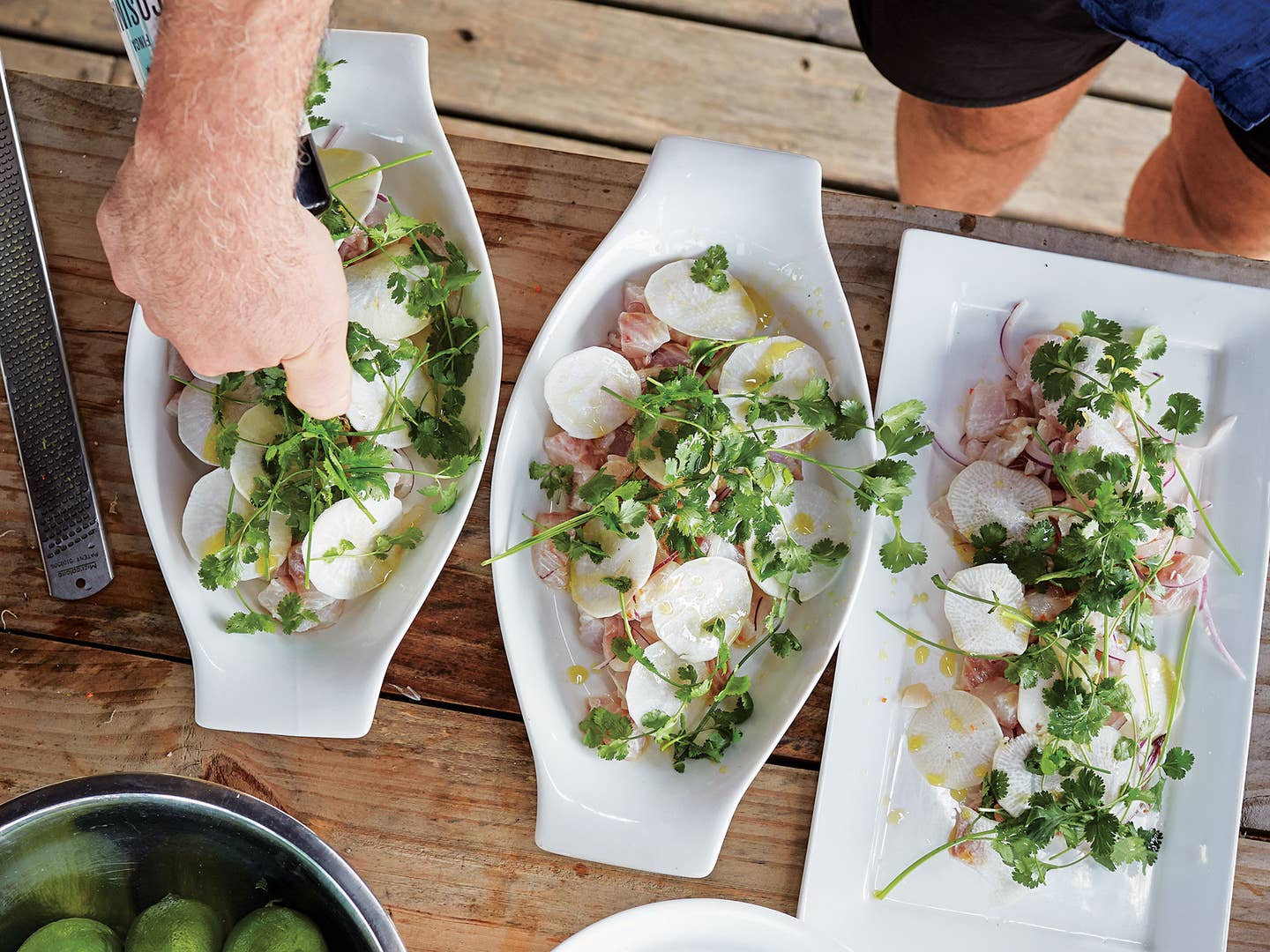
I think about wine often—almost as much as I drink it—but it wasn’t until recently that I started to dig a little deeper. The fascination began with a true taste of terroir.
It was a normal Tuesday afternoon when I happened upon a passage that mentioned the grapes of Abruzzo, a region of Italy sandwiched between the Apennines and the Adriatic. The author alluded to salty sea breezes rolling in over the hills, and I could see it perfectly: the wide valley, the ripening vines full of plump berries delicately dusted with ocean salt. Alas, I was not in Abruzzo; I was in a grey cubicle under fluorescent lights. My mental vacation ended all too quickly.
A few weeks later, though, the vision was back with me when a Montepulciano d'Abruzzo was passed around a friend's dinner table, and the name roused a memory. The salinity spoke of oysters, and I couldn't take my mind off those salty, beachy grapes. I needed to know more.
To continue my voyage, I plotted a dinner I'd host with a crew of friends equally intent on unpacking the mysteries within a bottle of wine. The menu would begin with Ignacio Mattos' sea bass crudo, a surprisingly simple dish nuanced by the crunchiness of earthy raw turnips and the bite of raw onion, all pulled together with lime juice and cilantro.
Still mesmerized by the ocean, I was drawn toward wines from the coast. I came across a humble vinho verde, a wine all too familiar to me after spending a week guzzling it across the hills of Portugal. I remember it as being sweet or subtle, sometimes tart or relatively neutral, and occasionally having a tickle of effervescence.
But this was a night of discovery, so I wanted to compare and contrast, like a 5th grader practicing his essay skills—just with wine instead of words. I needed another bottle, so I told the wine clerk about the flavors I sought: white and coastal. (And French, I added, feeling fancy). He selected a folle blanche from outside of Nantes, and at only $11, I took his word for it.
At home, I assembled the crudo and dressed it just so with torn cilantro and flaky salt, and brought it to the table where I’d left my guests waiting. I poured four meticulous glasses of each wine, indicating where each would remain throughout the meal. As I stepped back to admire my work, I realized I’d gone too far. What began as an adventure had turned into a lesson, and who was I, a foolhardy explorer, to be the teacher? I'd turned my dinner party into work.
Thankfully, my friends, in their limitless patience, took the helm and tucked right in, dissipating the cloud of seriousness I'd dampened them with thus far. We ate from one communal plate, taking gulps of wine between bites of raw fish. The vinho verde was peachy and light with an effervescence that breathed lightness into the fatty fish, and the strong French folle blanche had a wild, minerally funk that spoke again of oysters.
It wasn't the rigid dinner I had planned, but the divergence was necessary. We drank and ate, we agreed and disagreed, but none of it was important. Shortly thereafter, we would be onto another course, another bottle, and another discussion entirely, just as it should be.
Keep Reading
Continue to Next Story



